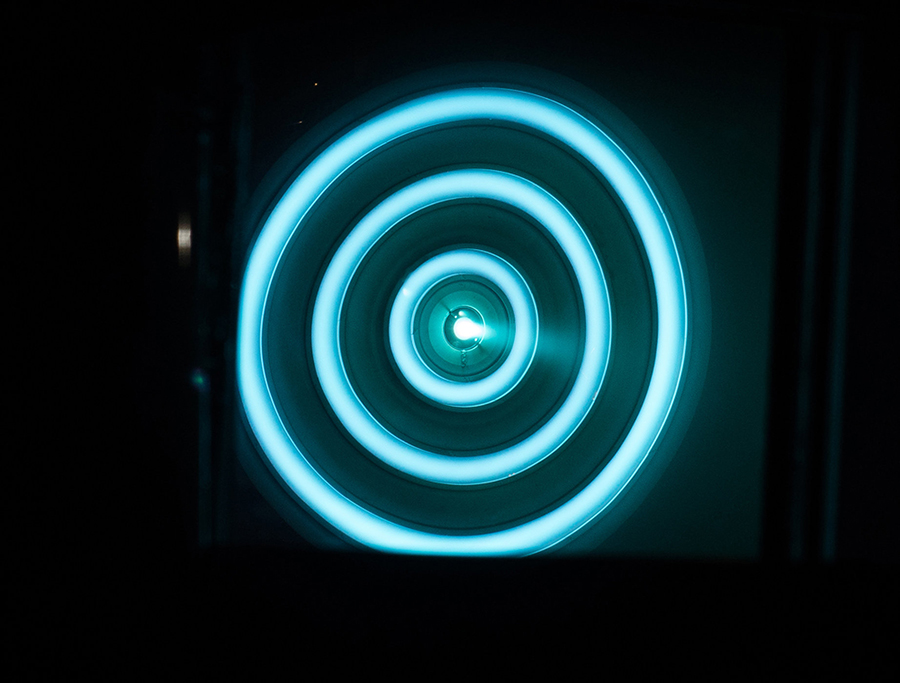This new rocket thruster could revolutionize space travel
This is really cool

NASA thinks it can get people to Mars a little faster, said Tereza Pultarova at Space. A group of researchers at the University of Michigan, working with NASA, have developed a new ion-based thruster that could propel humans to the Red Planet "at much greater speeds than chemical-propulsion rockets can." The X3 thruster uses electricity, "usually generated by solar panels, to expel plasma — a gas-like cloud of charged particles — out a nozzle" to generate thrust.

This technique helps rockets go faster: The maximum velocity that can be achieved by a chemical rocket is about 5 kilometers per second, whereas the X3 could get a craft up to 40 kilometers per second — while also using less propellant. "You can think of electric propulsion as having 10 times the miles per gallon compared with chemical propulsion," said Alec Gallimore, leader of the X3 project.
A free daily email with the biggest news stories of the day – and the best features from TheWeek.com
The Week
Escape your echo chamber. Get the facts behind the news, plus analysis from multiple perspectives.

Sign up for The Week's Free Newsletters
From our morning news briefing to a weekly Good News Newsletter, get the best of The Week delivered directly to your inbox.
From our morning news briefing to a weekly Good News Newsletter, get the best of The Week delivered directly to your inbox.
-
 Venezuela’s Trump-shaped power vacuum
Venezuela’s Trump-shaped power vacuumIN THE SPOTLIGHT The American abduction of Venezuelan President Nicolás Maduro has thrust South America’s biggest oil-producing state into uncharted geopolitical waters
-
 Most data centers are being built in the wrong climate
Most data centers are being built in the wrong climateThe explainer Data centers require substantial water and energy. But certain locations are more strained than others, mainly due to rising temperatures.
-
 ‘Maps are the ideal metaphor for our models of what the world might be’
‘Maps are the ideal metaphor for our models of what the world might be’Instant Opinion Opinion, comment and editorials of the day